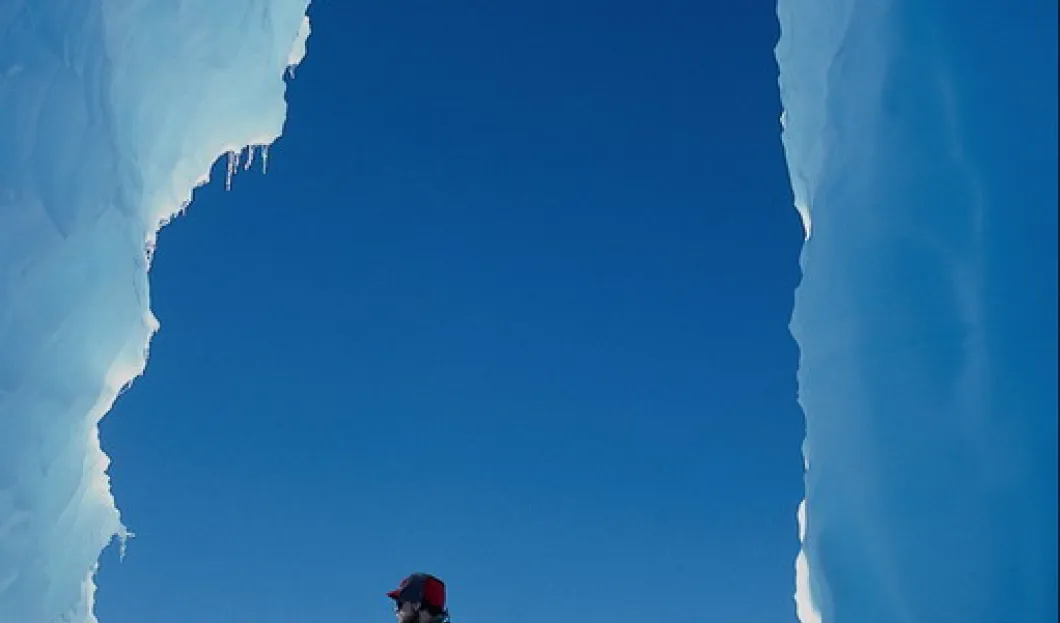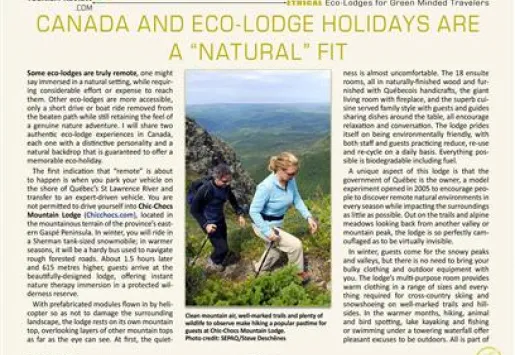
Tourism in Canada’s west is ever growing, in fact it is becoming more and more of a trend amongst the more adventurous of modern travellers. Many are fully aware of the threats of global warming and are striving to see a geyser or glacier at first sight before it is too late. This boom in arctic tourism has been met with the people of Quebec making projects and investing huge amounts of money in maintaining the growth in popularity of the region. The result is Kuurujuaq, Quebec’s new wilderness park. National park networks in the Nunavik area now cover an area of 4273m2. The area also includes the Tongat Mountains, the highest range of northern Canada and the world’s largest icebergs. These are just some of the attractions for tourists.
However, visiting the Arctic is very different to visiting a Mediterranean coastal resort and European city. There are a number of dangers which the tourists dare not forget about. Indeed, local authorities have been going out of their way to provide tourists with the necessary information and warnings before they venture into the wilderness.
The main dangers are, of course, the cold and the ice. A group of 17 Britons were recently hit by a huge wave caused by a part of an iceberg breaking off 500km from the coast of Norway. Considering that Canada’s Labrador has a number of gigantic icebergs, the risk of similar unpleasantries is quite high.
A further problem is the shape of polar bears. Increased populations of the giant and majestic creatures have exacerbated an already very dangerous element of Arctic tourism. Tourists are being advised on how and where to store food at campsites and how to react when encountering a polar bear. Authorities mostly advise people to carry bear spray, an effective form of defence when being attacked.









